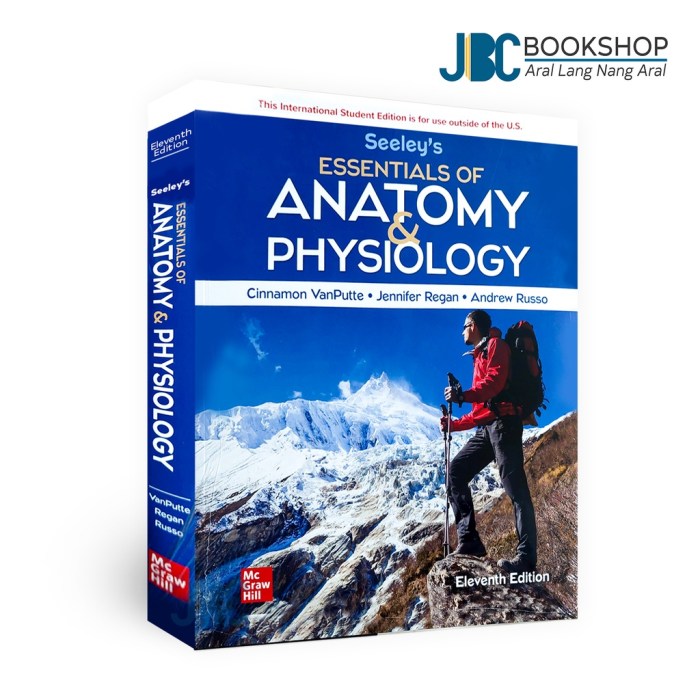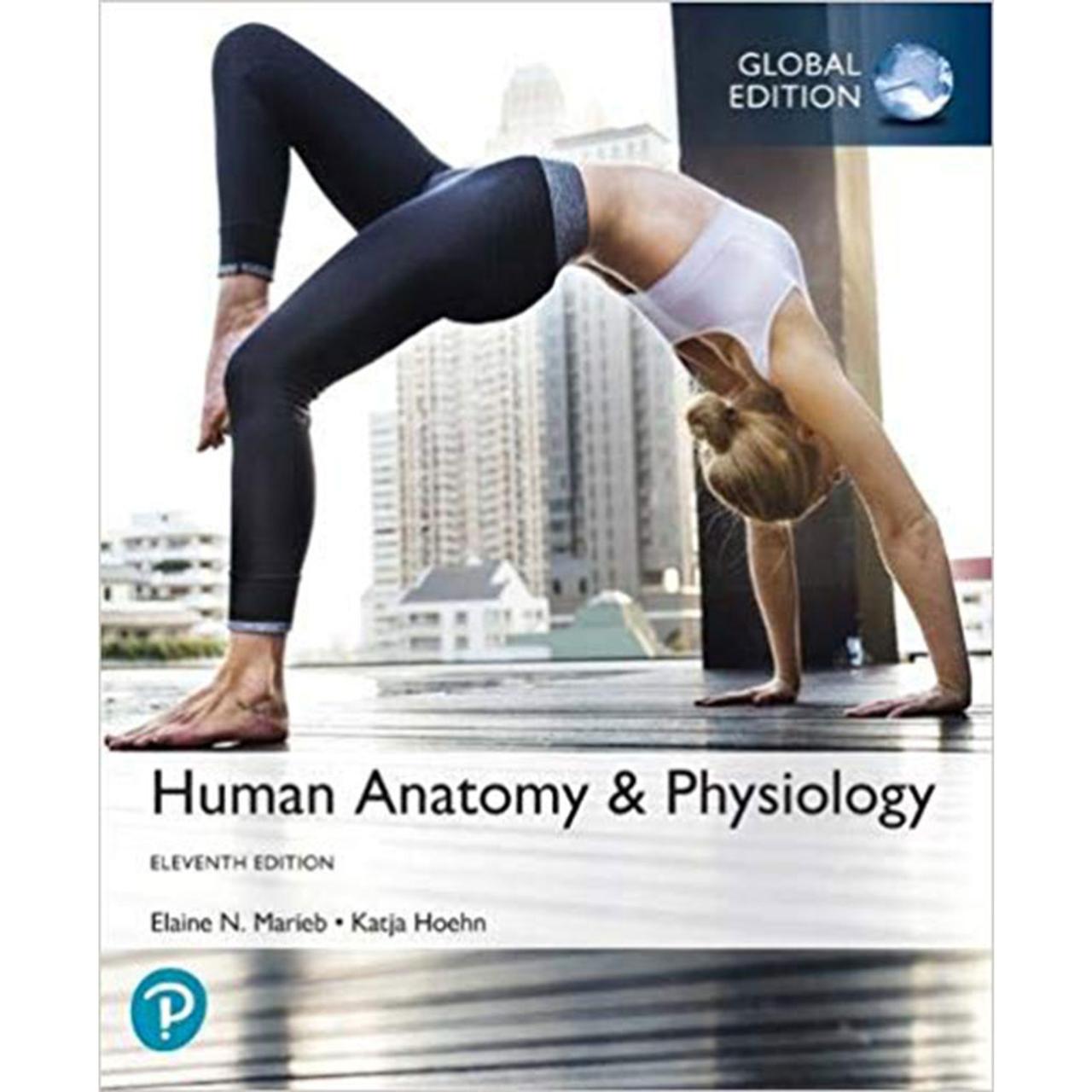Essentials of human anatomy and physiology 11th edition – Essentials of Human Anatomy and Physiology, 11th Edition, is a comprehensive and engaging textbook that provides a thorough understanding of the structure and function of the human body. Written by renowned authors Elaine Marieb and Katja Hoehn, this authoritative text presents a clear and concise overview of the human body’s intricate systems, offering an in-depth exploration of the latest advancements in the field.
With its captivating narrative and visually stunning illustrations, Essentials of Human Anatomy and Physiology, 11th Edition, captivates readers, making the study of human anatomy and physiology both enjoyable and accessible.
Introduction: Essentials Of Human Anatomy And Physiology 11th Edition

Human anatomy and physiology are the study of the structure and function of the human body. Anatomy is the study of the physical structure of the body, while physiology is the study of the function of the body. The study of human anatomy and physiology is important for understanding how the human body works and how to maintain good health.
Human anatomy and physiology have applications in a variety of fields, including medicine, nursing, physical therapy, and exercise science. In medicine, human anatomy and physiology are used to diagnose and treat diseases. In nursing, human anatomy and physiology are used to provide care to patients.
In physical therapy, human anatomy and physiology are used to rehabilitate patients who have been injured or disabled. In exercise science, human anatomy and physiology are used to design exercise programs that are safe and effective.
Basic Terminology
The study of human anatomy and physiology requires the use of a variety of terms. Some of the most common terms include:
- Anatomy: The study of the physical structure of the body.
- Physiology: The study of the function of the body.
- Homeostasis: The maintenance of a stable internal environment in the body.
- Structural organization: The organization of the body into different levels of complexity, from cells to tissues to organs to systems.
Cells and Tissues

The human body is made up of trillions of cells. Cells are the basic unit of life and are responsible for all of the functions of the body. There are many different types of cells in the body, each with its own specific structure and function.
Cells are organized into tissues, which are groups of cells that work together to perform a specific function. There are four main types of tissues in the body: epithelial tissue, connective tissue, muscle tissue, and nervous tissue.
Integumentary System
The integumentary system is the body’s outer covering. It consists of the skin, hair, and nails. The skin is the largest organ of the body and has a variety of functions, including protection, thermoregulation, and sensory reception. The hair and nails are appendages of the skin that help to protect the body from the elements.
Common Skin Disorders, Essentials of human anatomy and physiology 11th edition
- Acne: A common skin condition that is caused by the blockage of hair follicles.
- Eczema: A chronic skin condition that is characterized by dry, itchy skin.
- Psoriasis: A chronic skin condition that is characterized by red, scaly patches of skin.
Skeletal System

The skeletal system is made up of bones, cartilage, and joints. Bones are hard, mineralized tissues that provide support and protection for the body. Cartilage is a flexible tissue that cushions and protects joints. Joints are the points where two or more bones meet.
The skeletal system works together to allow for movement and to protect the body’s internal organs.
Different Types of Bones
- Long bones: Bones that are longer than they are wide, such as the bones of the arms and legs.
- Short bones: Bones that are about as long as they are wide, such as the bones of the wrists and ankles.
- Flat bones: Bones that are thin and flat, such as the bones of the skull and ribs.
- Irregular bones: Bones that do not fit into any of the other categories, such as the bones of the face.
Muscular System
The muscular system is made up of muscles, which are tissues that can contract and relax to produce movement. There are three types of muscles in the body: skeletal muscles, smooth muscles, and cardiac muscles. Skeletal muscles are attached to bones and are responsible for voluntary movement.
Smooth muscles are found in the walls of organs and are responsible for involuntary movement. Cardiac muscles are found in the heart and are responsible for pumping blood.
Different Types of Muscle Contractions
- Isotonic contractions: Contractions in which the muscle changes length.
- Isometric contractions: Contractions in which the muscle does not change length.
- Concentric contractions: Contractions in which the muscle shortens.
- Eccentric contractions: Contractions in which the muscle lengthens.
FAQ Summary
What is the primary focus of Essentials of Human Anatomy and Physiology, 11th Edition?
Essentials of Human Anatomy and Physiology, 11th Edition, focuses on providing a comprehensive overview of the structure and function of the human body, covering all major organ systems and their interactions.
Who is the intended audience for this textbook?
Essentials of Human Anatomy and Physiology, 11th Edition, is designed for students in introductory human anatomy and physiology courses, as well as educators and professionals seeking a comprehensive reference.
What are the key features of this textbook?
Key features include clear and concise explanations, engaging writing style, visually stunning illustrations, up-to-date content, and interactive learning tools.